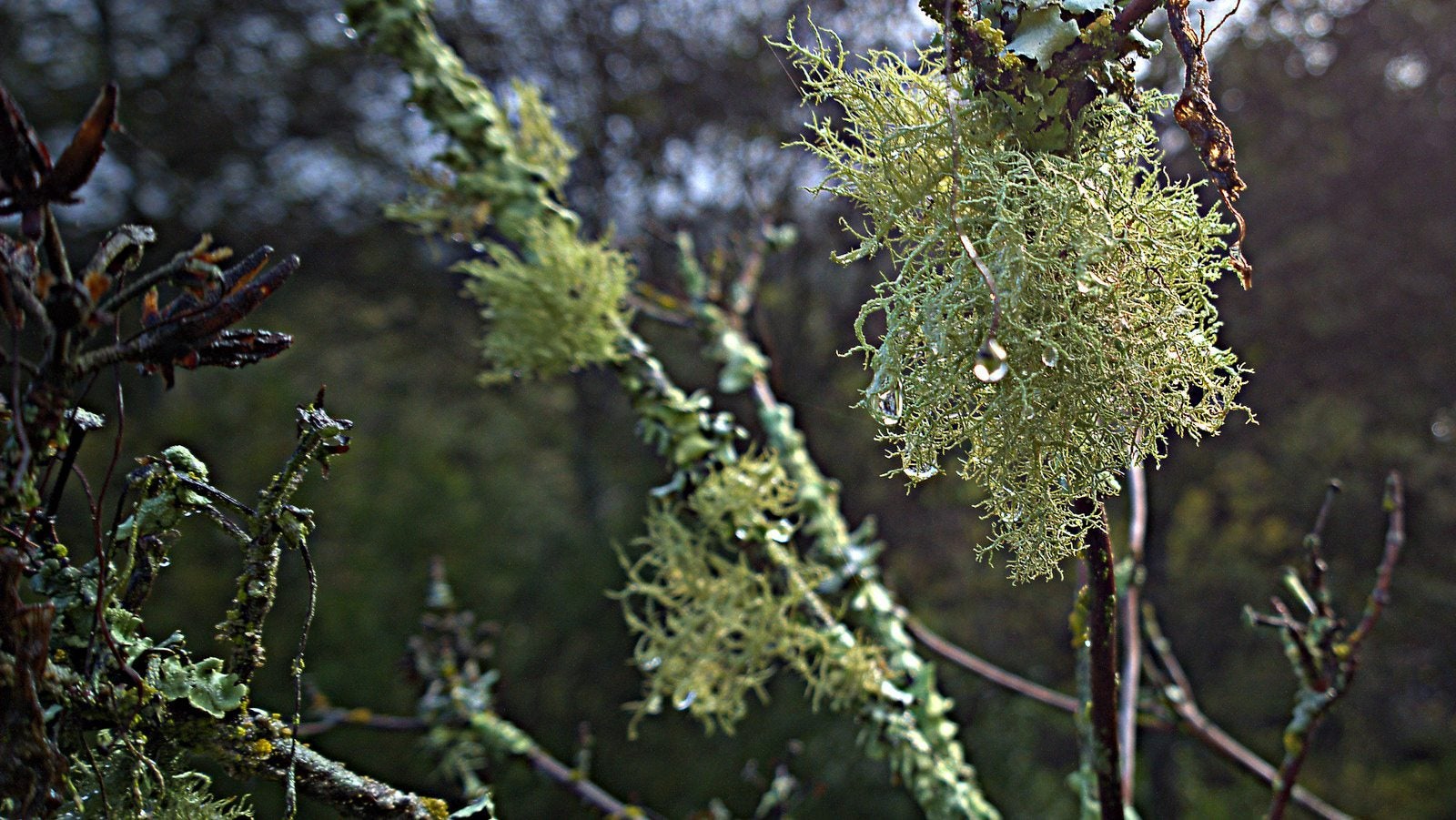What Is Usnea Lichen: Does Usnea Lichen Harm Plants


You may not know yet what it is, but you have probably seen usnea lichen growing on trees. Although not related, it resembles Spanish moss, hanging in thin threads from tree branches. To better understand this fascinating lichen, check out this usnea lichen info.
What is Usnea Lichen?
Usnea is a genus of lichen that hangs in clumps of filaments on trees. Lichen is not a plant, although it is often mistaken for one. It is also not a single organism; it is a combination of two: algae and fungi. These two organisms grow together symbiotically, the fungus getting energy from the algae and the algae getting a structure on which it can grow. Usnea is most often found in coniferous forests.
Does Usnea Lichen Harm Plants?
Usnea lichen does not cause any harm to the trees it grows on and, in fact, usnea lichen in landscapes can add a moody and interesting visual element. If you have usnea in your yard or garden, consider yourself lucky. This lichen grows slowly and is not found everywhere. It actually absorbs toxins and pollution in the air, so you get the benefit of cleaner air by having it make a home in your garden.
Usnea Lichen Uses
Usnea lichens are actually quite useful. They have been made into medicines and home remedies for hundreds of years, but have other uses too: Dyeing fabrics. You can soak and boil usnea lichens to create a liquid that will dye fabrics a beige color. Sunscreen. These lichens have also been made into natural sun protection because they absorb ultraviolet light. Antibiotic. A natural antibiotic in usnea lichens is called usnic acid. It is known to work against several types of bacteria, including Streptococcus and Pneumococcus. Other medicinal uses. The usnic acid in usnea lichen is known to have antiviral properties. It can kill protozoans, which can cause illness. Usnea has anti-inflammatory properties as well and may even be able to kill cancer cells. Usnea lichen is harvested all the time to be used as an ingredient in a variety of products, from toothpaste and sunscreen to antibiotic ointment and deodorant. You might be tempted to harvest the usnea from your yard for some of these uses, but keep in mind that it grows slowly so it’s best to take it from branches or pieces of bark that have naturally fallen from trees. Of course, never treat yourself with an herbal remedy without speaking to your doctor first.
Sign up for the Gardening Know How newsletter today and receive a free copy of our e-book "How to Grow Delicious Tomatoes".

Mary Ellen Ellis has been gardening for over 20 years. With degrees in Chemistry and Biology, Mary Ellen's specialties are flowers, native plants, and herbs.